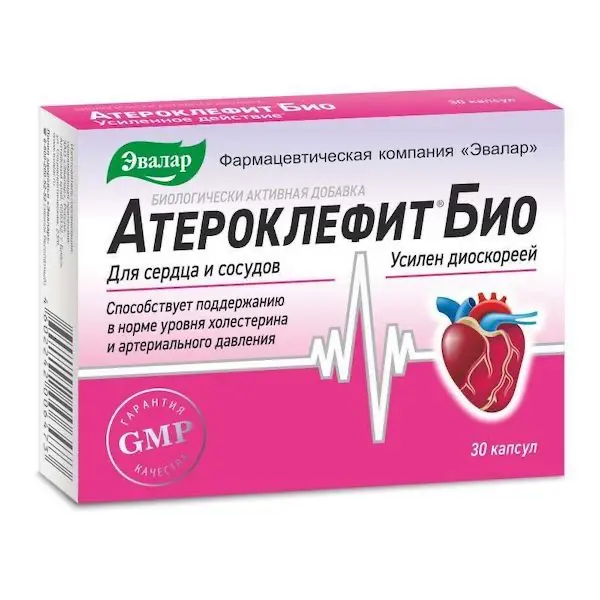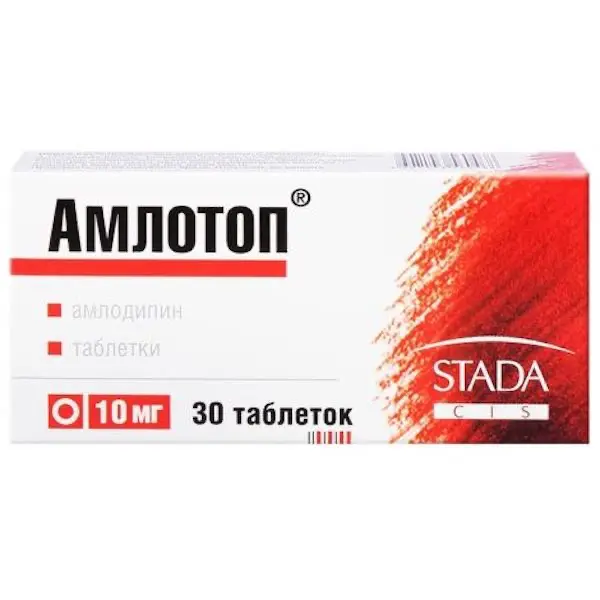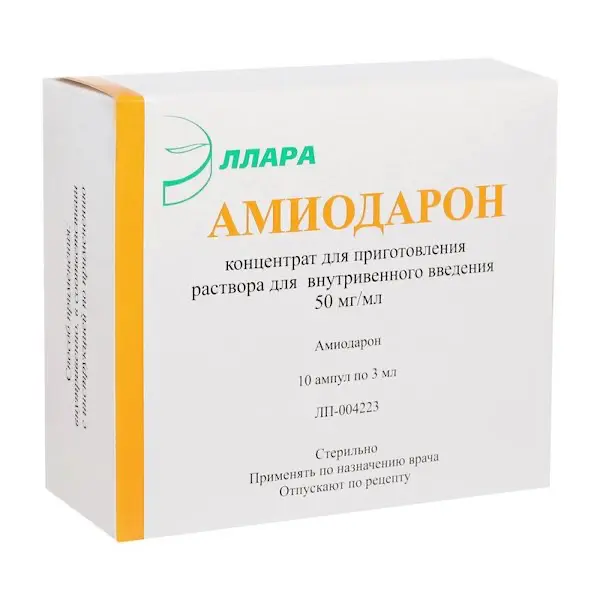Description
Otrio Pharmacodynamics
Ezetimibe is a representative of a new class of hypolipidemic agents, which selectively inhibit the absorption of cholesterol (cholesterol) and some plant sterols in the intestine.
The drug Otrio is effective when taken orally. The mechanism of action of ezetimibe differs from that of other classes of hypolipidemic agents (e.g. HMG-CoA reductase inhibitors (statins), bile acid sequestrants, fibrates and plant statins). The molecular target of ezetimibe is the transport protein (Niemann-Pick Cl-Like 1, NPC1L1) responsible for intestinal absorption of cholesterol and
phytosterols.
Ezetimibe localizes in the brush border of small intestine and prevents absorption of cholesterol, leading to a decrease in intestinal cholesterol flow to liver, due to which cholesterol stores in liver are reduced and excretion of cholesterol from blood is increased. Ezetimibe does not increase bile acid excretion (unlike bile acid sequestrants) and does not inhibit HC synthesis in the liver (unlike statins).
In a clinical study in which patients with hypercholesterolemia were included, ezetimibe reduced intestinal cholesterol absorption by 54% compared with placebo. By inhibiting intestinal cholesterol absorption, ezetimibe reduces cholesterol entry into the liver. Statins reduce synthesis of cholesterol in the liver. When used concomitantly, the drugs of these two groups provide an additional reduction of cholesterol concentrations. Ezetimibe taken simultaneously with statins reduces the concentration of total cholesterol (TC), low-density lipoprotein cholesterol (LDL-C), apolipoprotein B (apo-B), low-density lipoprotein cholesterol (non-HDL-C), is calculated as the difference between the concentration of CHD and HDL) and triglycerides (TG), and increases plasma concentration of high-density lipoprotein cholesterol (HDL-C) in patients with hypercholesterolemia to a greater extent than ezetimibe or statin taken in monotherapy. Concomitant use of ezetimibe with fenofibrate reduces the concentration of COX, LDL-C, apo-B, TG and non-HDL-C, and increases plasma HDL-C concentration in patients with mixed hypercholesterolemia.
Clinical studies have shown that elevated concentrations of CHC, LDL cholesterol and apo-B (the main protein component of LDL) contribute to the development of atherosclerosis. In addition, a decreased concentration of HDL cholesterol is also associated with the development of atherosclerosis. Epidemiological studies have shown that cardiovascular morbidity and mortality are directly related to the concentrations of CHC and LDL cholesterol and inversely related to concentrations of HDL cholesterol. Like LDL, lipoproteins rich in CHD and TG, including very low-density lipoproteins (VLDL), intermediate-density lipoproteins (IDL), and remnants can also contribute to atherosclerosis.
A series of preclinical studies were conducted to determine the selectivity of ezetimibe with regard to inhibition of cholesterol absorption. Ezetimibe inhibited [14C]-cholesterol absorption and had no effect on absorption of TGs, fatty acids, bile acids, progesterone, ethinylestradiol, or fat-soluble vitamins A and D.
- Patients should initiate an appropriate lipid-lowering diet before starting treatment and should continue to follow this diet during the whole period of therapy with Atrio.
- Administration in patients with primary hypercholesterolemia
The drug is taken orally at any time of the day, regardless of meals. - The dose of Otrio during monotherapy or in combination with statin or fenofibrate is 10 mg once daily. Dose of fenofibrate should not exceed 160 mg once daily in combination with Otrio.
- Administration in patients with ischemic heart disease
- Combination therapy with statins
For additional reduction of cardiovascular events in patients with coronary heart disease, Otrio 10 mg may be used with a statin with proven effect in reducing the risk of cardiovascular complications. - Use in patients with impaired renal function/chronic kidney disease Monotherapy
- For patients with impaired renal function, a dose adjustment of the drug is not required (see Pharmacological properties, Pharmacokinetics in selected groups of patients).
- Combination therapy with simvastatin
For patients with mild degree of renal dysfunction (glomerular filtration rate (GFR) is not less than 60 ml/min/1.73 m2) a dose adjustment of Otrio or simvastatin is not required. In patients with impaired renal function and GFR less than 60 ml/min/1.73 m2 Otrio is administered in dose of 10 mg and simvastatin in dose of 20 mg once daily in the evening. - In these patients the use of simvastatin in higher dose should be carefully controlled (see Pharmacological properties, Pharmacokinetics in selected groups of patients).
- Use in elderly patients
In elderly patients the drug dose adjustment is not required (see Pharmacological properties, Pharmacokinetics in selected groups of patients). - Drug administration in children and adolescents
No dose adjustment is required for children and adolescents older than 6 years (see Pharmacological properties, Pharmacokinetics in individual patient groups).
It is not recommended to use Otrio in children under 6 years old due to absence of data on safety and efficacy in this age group. - Administration in patients with hepatic impairment
No dose adjustment is required for patients with mild hepatic impairment (5-6 points by Child-Pugh score). Administration of Otrio is not recommended for patients with moderate (7-9 points by Child-Pugh scale) and severe (more than 9 points by Child-Pugh scale) impairment (see pharmacological properties, pharmacokinetics in certain groups of patients, Important Instructions). - In combined therapy with bile acid sequestrants
Otrio should be taken at a dose of 10 mg once daily at least 2 hours before or 4 hours after taking bile acid sequestrants.





